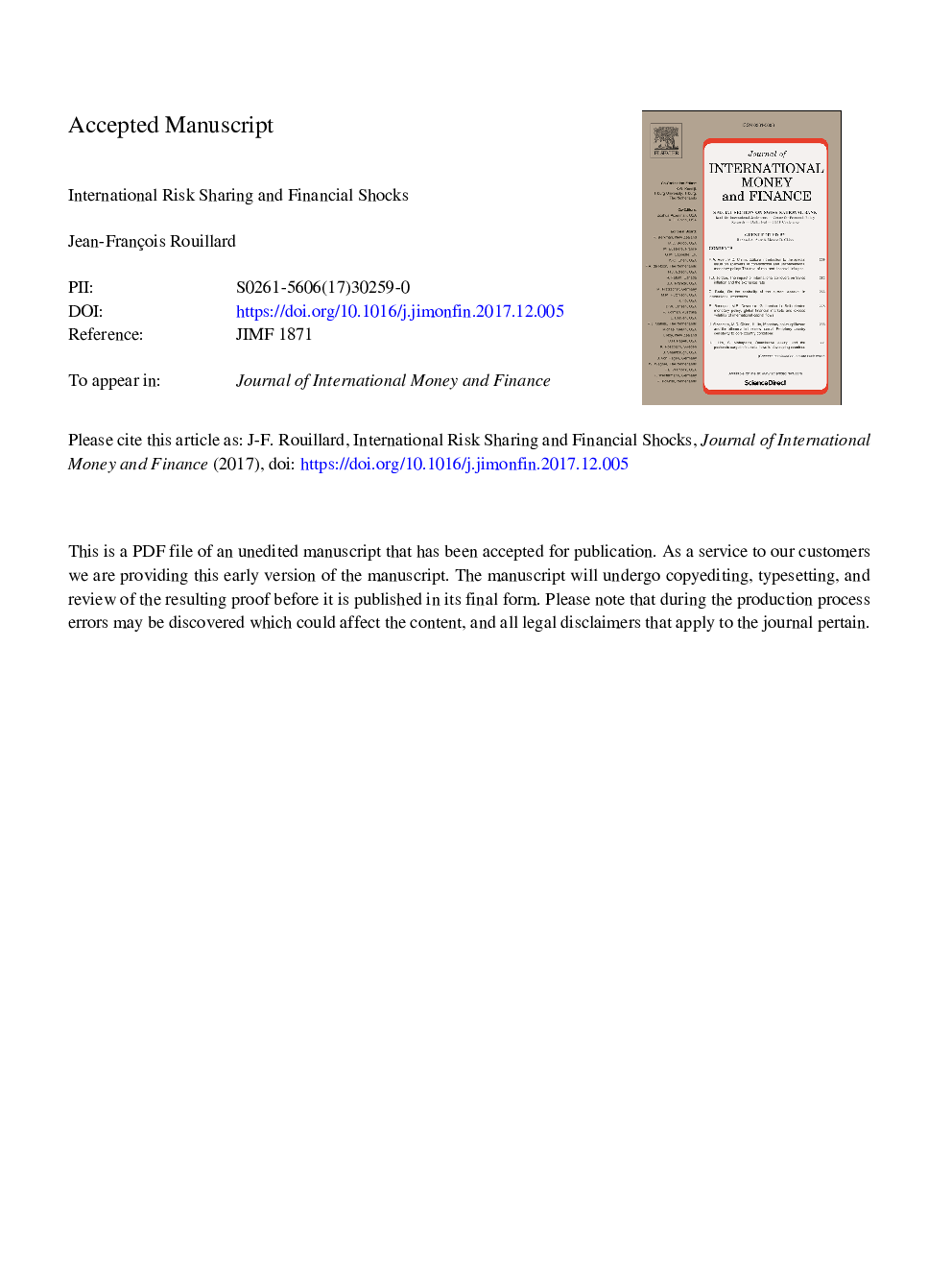| Article ID | Journal | Published Year | Pages | File Type |
|---|---|---|---|---|
| 7365272 | Journal of International Money and Finance | 2018 | 42 Pages |
Abstract
A canonical two-country real business cycle model with complete international asset markets fails to replicate the correlation between relative consumptions and real exchange rates-i.e. the consumption-real exchange rate anomaly or Backus-Smith puzzle. I show that when preferences are non-separable between consumption and leisure, the same two-country model augmented by domestic financial frictions and shocks can account for this correlation. Positive financial shocks create important fluctuations in the labor wedge, inducing firms to demand more labor. These procyclical movements in hours worked significantly affect the marginal utility of consumption and help to explain the correlation between relative consumptions and real exchange rates.
Keywords
Related Topics
Social Sciences and Humanities
Economics, Econometrics and Finance
Economics and Econometrics
Authors
Jean-François Rouillard,
